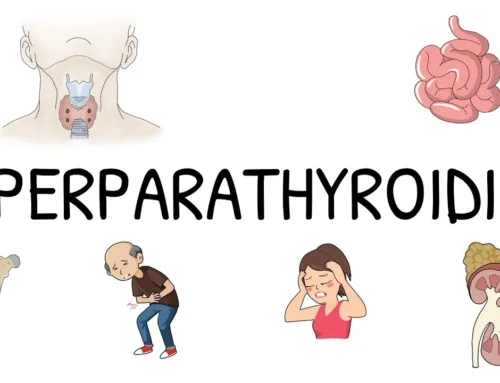
Hair loss is a real problem for many women. Several different things can cause it, but it’s important to understand that there are many ways to treat hair loss. In this article, we’ll talk about the causes and treatments for female pattern hair loss. We’ll cover what causes it, how you may be able to prevent it from getting worse, and what you can do if the condition does worsen over time.
Yes, female pattern hair loss is reversible. However, it takes time and patience to achieve this result.
How does female pattern hair loss happen?

It is genetic, caused by hormones, and it’s not caused by stress.
Female pattern hair loss is a hormonal condition affecting millions of women worldwide. The cause of female pattern hair loss has been difficult to pinpoint because it involves many complex factors such as genetics, hormones, and diet. However, several known risk factors can cause this condition:
- Genetics: If you have an immediate family member who suffers from female pattern hair loss, then you’re more likely to get it too; even if your mother has male pattern baldness but she’s taking hormone replacement therapy (HRT) for menopause symptoms, then she still has an increased risk of losing her hair later in life.
- Hormones: The biggest factor in triggering FPHL is hormone imbalance during menopause when the body is no longer producing estrogen evenly throughout each month; this causes testosterone levels to fluctuate, which can affect how much oil glands produce on top of causing thinning at the crown where they start growing again after they’ve been damaged by years of wearing ponytails tied tightly around them every day!
- Diet: Many studies show a low-fat, high-carbohydrate diet can cause hair loss in both men and women; this is because the body needs protein to make collagen which keeps hair strong and healthy.
- Exercise: Any form of exercise will help keep your hair healthy but if you’re training hard for a marathon or other endurance event, then take it easy the week before; this reduces stress on your body and increases blood flow which nourishes follicles that haven’t been growing for years because they’ve been tied back tightly every day!
What about medications for female pattern baldness?

For some women, the answer is medication. Medications can help to slow down or stop the progression of hair loss in some cases. However, they are not a cure for most women and must be taken continuously to maintain their effectiveness.
If medications do not work for you or if you would prefer not to use them, then there are other options available such as hair transplantation or wearing wigs or hairpieces (such as lace front wigs) which are very realistic looking and can give you back your confidence and self-esteem by giving you back what nature has taken away from you – long thick beautiful locks!
As with any medication, you should consult your doctor before taking it. If you take a female pattern baldness medication as a preventive measure, ask about side effects, how long it will take for the medication to work, and if any other options might work better for you.
What other options are there for treating female pattern hair loss?

Minoxidil
Minoxidil is a topical solution that can be applied to the scalp. It was originally used to treat high blood pressure but also stimulates hair growth by causing new blood vessels to grow. This increases circulation and helps strengthen existing hairs.
Finasteride
Finasteride is a pill that lowers levels of DHT in your body by inhibiting an enzyme responsible for converting testosterone into DHT. This may help slow down male pattern baldness, although some side effects are associated with taking this drug (including erectile dysfunction).
Spironolactone
Spironolactone is a pill that blocks the androgen receptors in your body. This prevents DHT from attaching and stimulating hair follicles, thereby slowing down male pattern baldness. It can also help with acne and excessive sweating.
The good news is that various treatments are available to help slow down or reverse the effects of female pattern hair loss.

The good news is that various treatments are available to help slow down or reverse the effects of female pattern hair loss. Talking to your doctor before starting any treatment is important, as they can help you determine what is best for your needs. And if you choose not to pursue treatment, it’s still possible to find ways of coping with hair loss through wigs and hairpieces that blend with your natural color and style.
Conclusion
If you’re concerned about your thinning hair, don’t be! Many non-surgical options are available to help slow down or reverse the effects of female pattern hair loss. To learn more about these treatments and how they can benefit you, speak with a physician who specializes in hair loss.




Leave A Comment